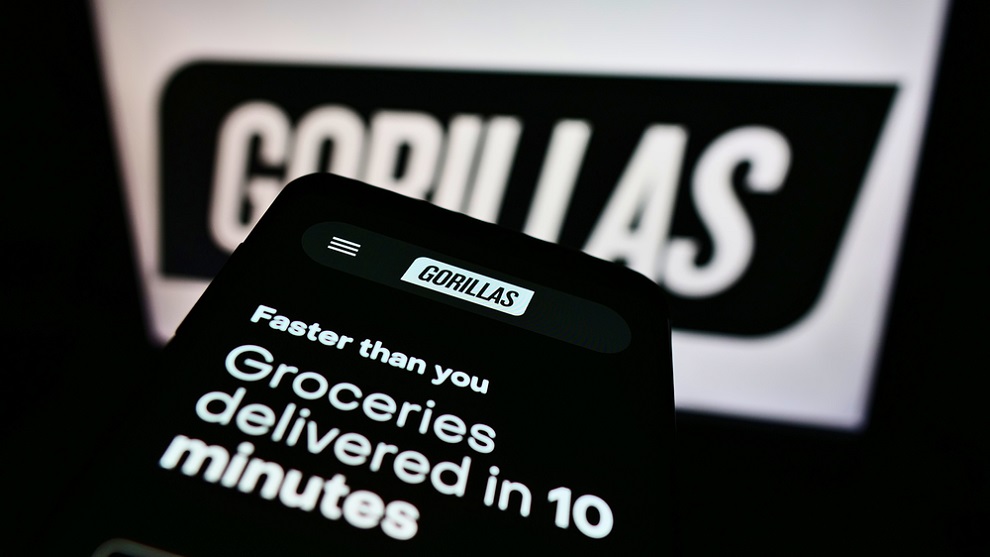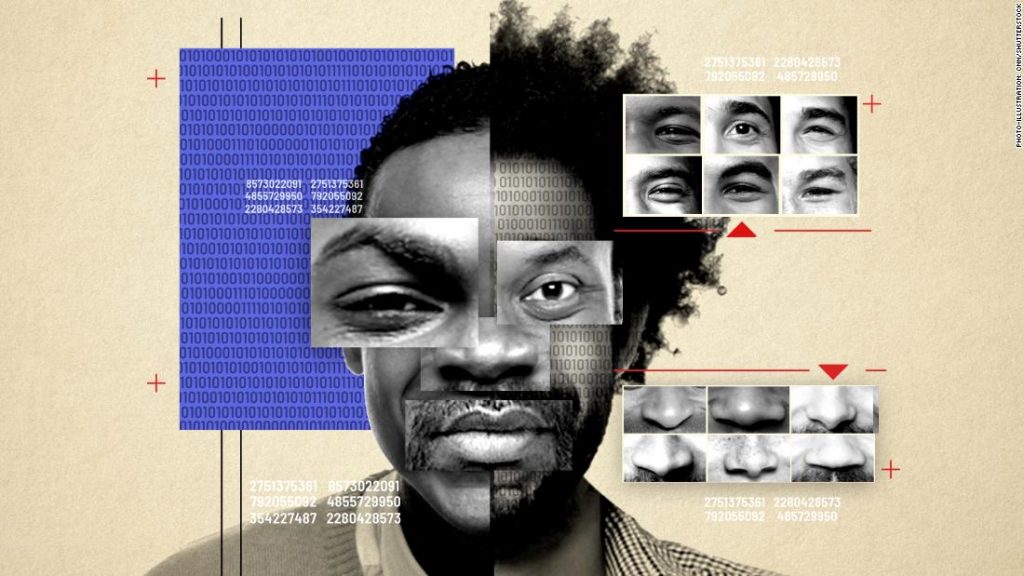What is the something that everybody needs to do? It’s getting groceries. In 2021 the way we purchase our groceries is changing in an extraordinary way.

Amazon has found a way to enhance customer experience whilst doing your weekly grocery shopping. It is Amazon Go’s “Just Walk Out Shopping”. It is a something that Amazon has been developing for several years, to create the technologies that are a combination of computer vision, sensor fusion and deep machine learning. It involves the use of sensors and automation to allow customer to shop and checkout without interacting with a human employee or even a kiosk. The sensors and software are trained to analyse and perceive what items get removed from the shelves and update the customers shopping cart in real time. When the first Go store opened in 2016, according to reports, Jeff Bezos (Amazon CEO) visualized Go stores to go beyond basic grocery stores, but also configurations of stores that sell freshly made packaged meals and 7-Eleven limited grocery stores. If this does indeed happen and Amazon expands to several different models, it could potentially be a threat to competition is both fast-food and fast casual dining establishments.

Whilst technology is advancing in grocery stores, there are now alternatives to going to the store in the first place. Gorillas is an on-demand grocery delivery company that promises to deliver your order within 10 minutes. The company was founded in 2020 and has already achieved unicorn status ($1 billion in valuation). Their rapid expansion has led to the company already operating in several countries such as Germany, Netherlands, Belgium, and the UK. To achieve this incredibly fast delivery time, Gorillas operates a vertical or so called ‘dark store’ model which involves micro fulfilment centres. The CEO Kağan Sümer believes the normal weekly grocery shop is something of the past, since people today live much more spontaneously and says we should change of shopping habits accordingly.
Will these technologically advanced methods of grocery shopping take over the conventional way we are used to doing our groceries?
References

